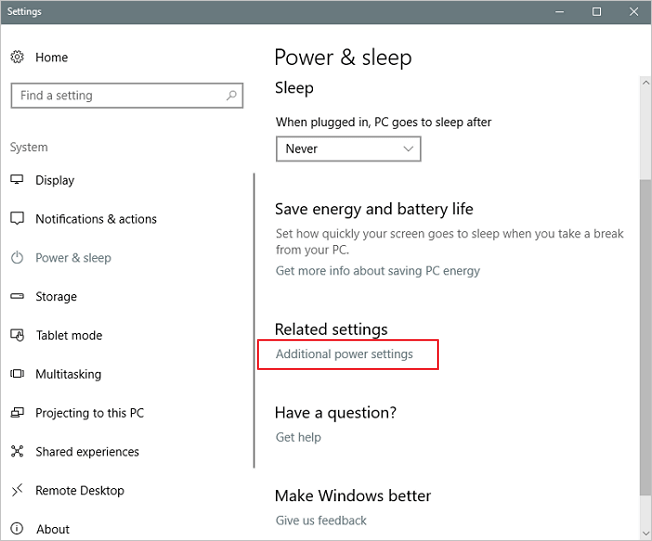

- #Computer taking a long time to boot drivers#
- #Computer taking a long time to boot driver#
- #Computer taking a long time to boot windows 10#
If you only have Intel HD Graphics, you do not need to do this. If it is your graphics card that’s causing the problem, re-enable your graphics card using the steps above and then download the latest version of your card’s drivers from the manufacturers’ websites – amd.com/drivers or /drivers. Shut down your PC (not restart) and turn it on again to see if this has fixed the problem. This may cause your screen to go blank for a moment. Right-click on the graphics card and click “disable”. It’ll be labelled Nvidia, AMD Radeon or ATi Radeon. To do this, right-click on the Start Menu icon and click on Device Manager.Ĭlick on Display Adapters and identify your dedicated graphics card.
#Computer taking a long time to boot driver#
An easy way to verify this is to disable your AMD or Nvidia graphics driver and restart your computer.

Some have theorised that the black screen before boot is a graphics driver problem that has been particularly bad for those on laptops that switch between Intel HD Graphics and a dedicated card from Nvidia or AMD. The Dell Inspiron 17 proved to be much more troublesome, and while the methods below have apparently worked for many people online, it didn’t fix out issue.
#Computer taking a long time to boot windows 10#
Most interestingly, switching Fast startup back on made no difference it would appear that the simple action of turning fast start-up off and on again is enough to get Windows 10 out of its slow booting state, in this case at least. With our Acer laptop, the boot time dropped by 80 seconds. When you next switch on your PC you should immediately see a significant boot time cut. Untick “Turn on fast start-up” and click Save changes. You may need to enter your password or your PC administrator’s password to do this. Now scroll down to the Shut-down settings list. If you see a small blue and yellow shield icon and the text “Change settings that are currently unavailable”, click the text. To do this, open the Start Menu and type “power options” and select Power Options when it appears. When the Power Options window opens, select “Choose what the power button does” from the list on the left of the window. We were largely able to fix the sluggish boot speeds of our Acer Aspire V5 by disabling Windows 10’s fast start-up feature. įind out everything you need to know about Windows 10 Enabling/disabling fast start-up Credit to the users on the Microsoft Community. There are various fixes we’ve seen working on our own laptops, and we’ll start with the simplest first and escalate to more involved methods. The Acer added more than a minute to its initial boot time, while the Dell laptop’s boot time shot up by 25 seconds, time that was mostly spent staring at a black screen. A Dell Inspiron 17 from 2013 and an Acer Aspire V5, also from 2013. In our testing, we found two laptops that suffered from this problem. For some, this process can take in excess of a minute. The symptoms for this particularly curious bug include a black screen after seeing the Windows loading animation and your PC manufacturer’s logo, and the ability to move your cursor around the black screen but an inability to do anything else. Many people who upgraded from Windows 8 to Windows 10 have suffered from massively lengthened boot times.


 0 kommentar(er)
0 kommentar(er)
